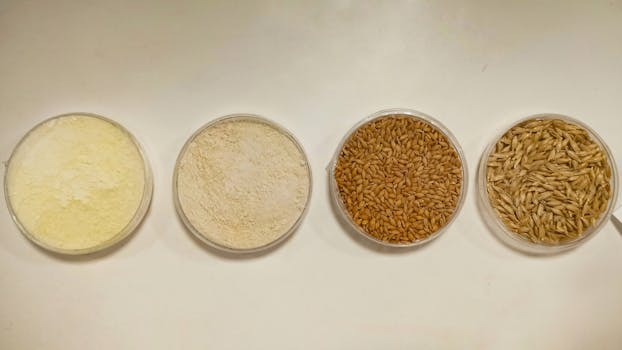Understanding Gluten Intolerance and Celiac Disease
Gluten intolerance and celiac disease are two conditions that have gained significant attention in recent years, particularly as more people adopt gluten-free diets. While they are often confused, they are distinct conditions with different underlying mechanisms and health implications. This article aims to clarify the differences, symptoms, diagnosis, and management of both gluten intolerance and celiac disease.
What is Gluten?
Gluten is a group of proteins found in wheat, barley, and rye. It plays a crucial role in giving dough its elasticity and helps bread rise. However, for some individuals, gluten can trigger adverse health reactions.
Gluten Intolerance: An Overview
Gluten intolerance, also known as non-celiac gluten sensitivity (NCGS), is a condition where individuals experience symptoms related to gluten consumption without having celiac disease or wheat allergy. The exact cause of gluten intolerance is still not fully understood, but it is believed to involve an immune response that does not damage the intestinal lining.
Symptoms of Gluten Intolerance
Symptoms of gluten intolerance can vary widely among individuals and may include:
- Bloating and gas
- Diarrhea or constipation
- Fatigue
- Headaches
- Joint pain
- Brain fog
These symptoms can occur within hours or days after consuming gluten-containing foods, making it challenging to pinpoint the exact cause.
Celiac Disease: A Serious Autoimmune Disorder
Celiac disease is a serious autoimmune disorder that affects approximately 1% of the global population. In individuals with celiac disease, the ingestion of gluten leads to an immune response that damages the small intestine’s lining, specifically the villi, which are responsible for nutrient absorption.
Symptoms of Celiac Disease
The symptoms of celiac disease can be more severe and include:
- Chronic diarrhea
- Weight loss
- Malnutrition
- Skin rashes (dermatitis herpetiformis)
- Bone or joint pain
- Neurological symptoms (e.g., seizures, migraines)
Unlike gluten intolerance, celiac disease can lead to long-term health complications, including osteoporosis, infertility, and an increased risk of certain cancers if left untreated.
Diagnosis: How Are They Identified?
Diagnosing gluten intolerance and celiac disease involves different approaches:
Diagnosis of Celiac Disease
To diagnose celiac disease, healthcare providers typically recommend:
- Blood tests to check for specific antibodies (e.g., tTG-IgA)
- A biopsy of the small intestine to assess damage to the villi
It is crucial for individuals to continue consuming gluten before testing to ensure accurate results.
Diagnosis of Gluten Intolerance
There is no specific test for gluten intolerance. Diagnosis is often made through:
- Exclusion of celiac disease and wheat allergy through testing
- Symptom tracking and improvement on a gluten-free diet
Management: Living Gluten-Free
The primary treatment for both gluten intolerance and celiac disease is a strict gluten-free diet. This involves avoiding all foods that contain wheat, barley, and rye. Here are some tips for managing a gluten-free lifestyle:
- Read food labels carefully to identify hidden sources of gluten.
- Choose naturally gluten-free foods such as fruits, vegetables, meat, and dairy.
- Consider consulting a dietitian for personalized meal planning.
Conclusion: Key Takeaways
Understanding the differences between gluten intolerance and celiac disease is essential for effective management and treatment. While gluten intolerance can cause discomfort, celiac disease poses serious health risks if left untreated. Both conditions require a commitment to a gluten-free diet, but the implications for health and well-being differ significantly. If you suspect you have either condition, consult a healthcare professional for proper diagnosis and guidance.
